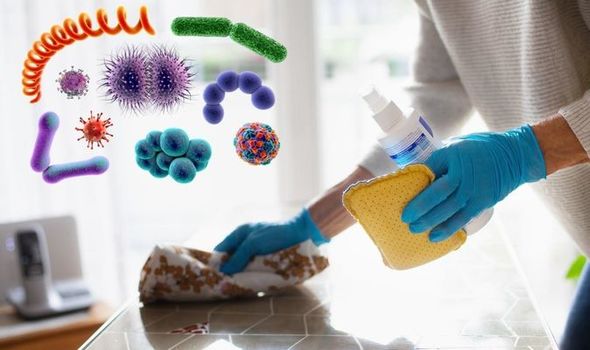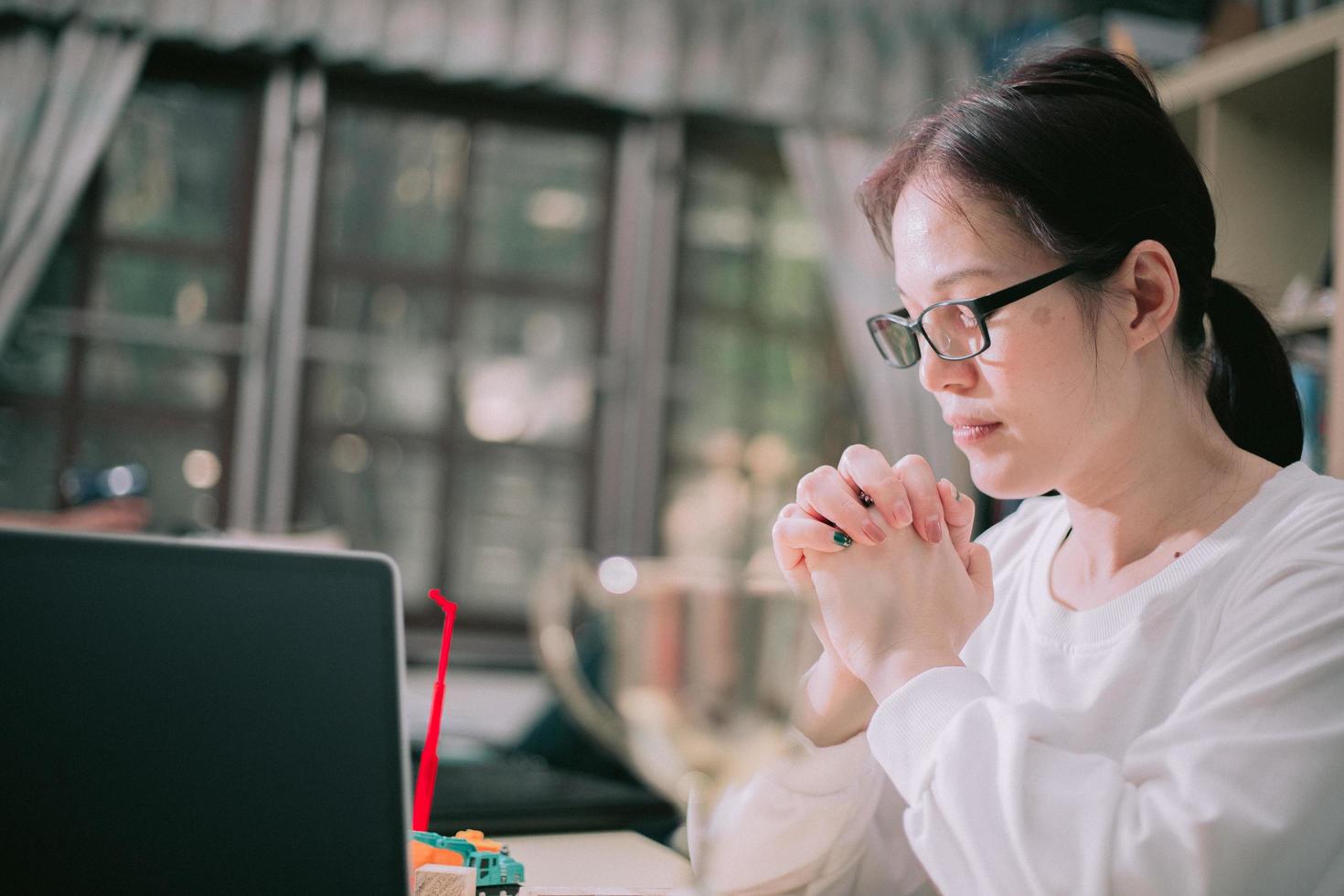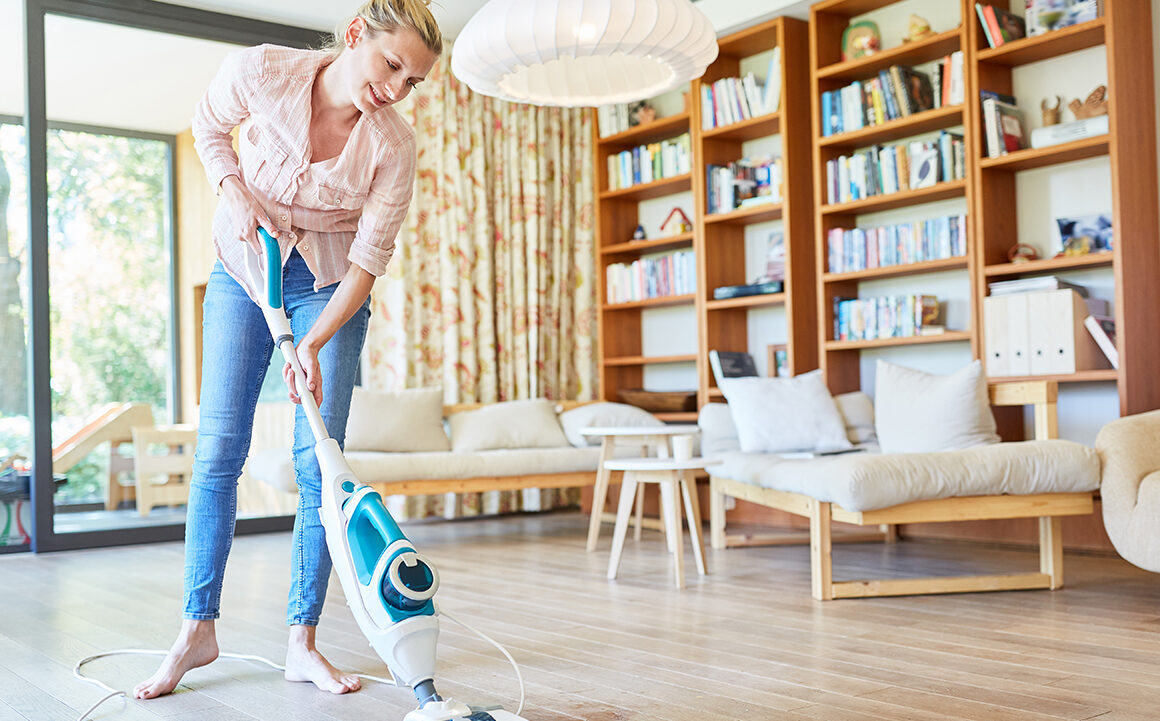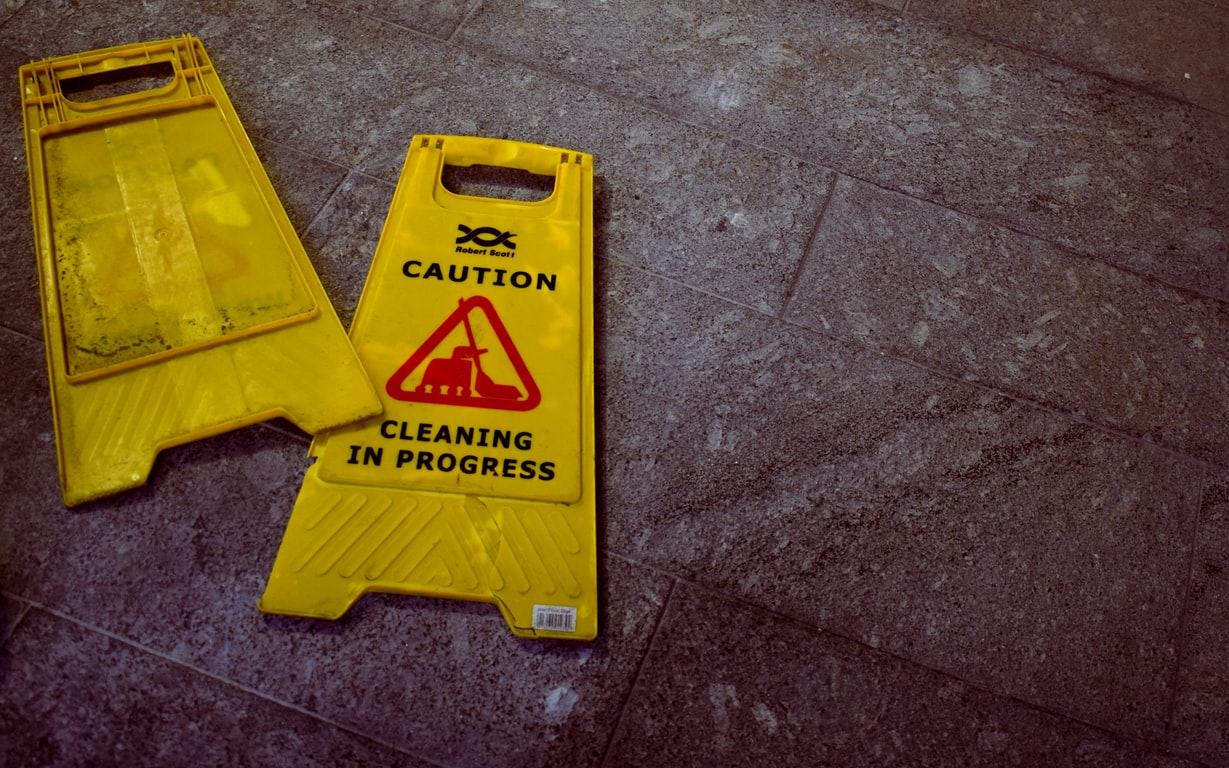Your home may appear clean and welcoming, but lurking beneath the pristine surfaces are unseen enemies: household bacteria. Bacteria are pervasive, often invisible, and can lead to health issues if left unchecked. In this blog, we will embark on a mission of germ warfare at home, exploring the world of household bacteria, understanding their potential dangers, and discovering effective strategies to battle them like a pro.
The Invisible Army
Bacteria are tiny, single-celled organisms that exist virtually everywhere, including your home. While not all bacteria are harmful, some can cause infections, allergies, and various health problems. Common household bacteria include:
- Staphylococcus aureus: This bacteria can cause skin infections, respiratory issues, and food poisoning. It’s often found on kitchen surfaces, doorknobs, and bathroom fixtures.
- Salmonella: Responsible for many cases of food poisoning, Salmonella thrives on cutting boards, kitchen utensils, and raw meat.
- E. coli: This bacteria is often associated with contaminated water and food, leading to digestive problems, diarrhea, and even kidney failure.
- Listeria: Found in refrigerated and processed foods, Listeria can lead to severe infections, especially in pregnant women, the elderly, and those with weakened immune systems.
- Mold: While not bacteria, molds are common household microorganisms that can cause allergies, respiratory issues, and skin irritation. They thrive in damp areas, such as bathrooms and basements.
The Battle Plan
Now that we know our invisible enemies, it’s time to put on our battle gear and develop a plan to combat household bacteria effectively.
- Frequent Handwashing
Start with the basics: good hygiene. Proper and frequent handwashing is your first line of defense against bacteria. Scrub your hands with soap and water for at least 20 seconds, especially before eating, after using the restroom, and after coming into contact with potentially contaminated surfaces.
- Sanitize High-Touch Surfaces
Identify and sanitize high-touch surfaces in your home regularly. These include doorknobs, light switches, remote controls, and countertops. Use disinfectants or a mixture of water and vinegar to wipe down these areas.
- Clean and Disinfect Kitchen and Bathroom
Kitchens and bathrooms are bacteria breeding grounds. Clean and disinfect sinks, countertops, cutting boards, and toilet seats frequently. Pay special attention to cutting boards, which can harbor Salmonella and E. coli if not cleaned properly.
- Proper Food Handling
Prevent foodborne illnesses by practicing proper food handling. Wash fruits and vegetables thoroughly, cook meat to the recommended temperatures, and avoid cross-contamination by using separate cutting boards for meat and produce.
- Ventilate Your Home
A well-ventilated home can help reduce humidity and discourage the growth of mold and bacteria. Use exhaust fans in bathrooms and kitchens, open windows when weather permits, and consider investing in a dehumidifier for damp areas.
- Wash Bedding and Upholstery
Bed linens, pillows, and upholstery can host dust mites and bacteria. Wash your bedding and vacuum your upholstery regularly. Consider using allergen-proof covers on pillows and mattresses.
- Combat Mold
Mold is a persistent foe in damp environments. To combat mold, fix any water leaks, use exhaust fans in bathrooms, and consider a dehumidifier for problem areas. Clean and remove mold with a mixture of water and white vinegar or a commercial mold cleaner.
- Practice Good Pet Hygiene
Pets can carry bacteria and allergens into your home. Regularly groom your pets, clean their bedding, and vacuum to remove pet hair and dander.
- Dispose of Garbage Properly
Garbage can be a breeding ground for bacteria. Use sealed garbage cans with liners, empty them regularly, and clean the cans periodically to prevent bacteria buildup.
- Maintain Your HVAC System
Regularly change and clean your HVAC system’s filters to improve indoor air quality and reduce the circulation of airborne bacteria and allergens.
Choosing Your Weapons
When it comes to fighting household bacteria, you have a range of weapons in your arsenal:
- Disinfectants: Commercial disinfectants can be effective in killing bacteria on surfaces. Ensure you follow the instructions on the product label for the best results.
- Natural Alternatives: If you prefer a more natural approach, consider using white vinegar, hydrogen peroxide, or essential oils like tea tree oil to create your own cleaning solutions.
- Steam Cleaners: Steam cleaning can effectively disinfect and remove bacteria from surfaces without the use of chemicals.
- Ultraviolet (UV) Lights: UV-C lamps can kill bacteria and mold by disrupting their DNA, but use them with caution, following safety guidelines.
Household bacteria are formidable adversaries, but with the right strategy and tools, you can keep them in check. A clean and well-maintained home is your best defense against these unseen enemies, promoting a healthier and more comfortable living environment. So, gear up, follow your battle plan, and wage germ warfare at home like a true pro. Your health and well-being will thank you for it.





